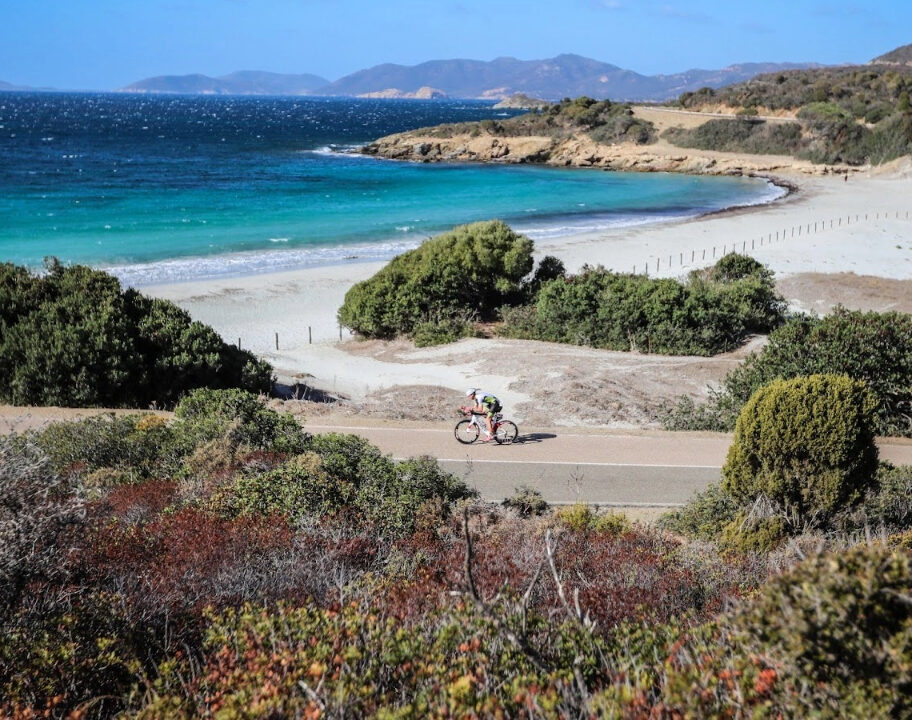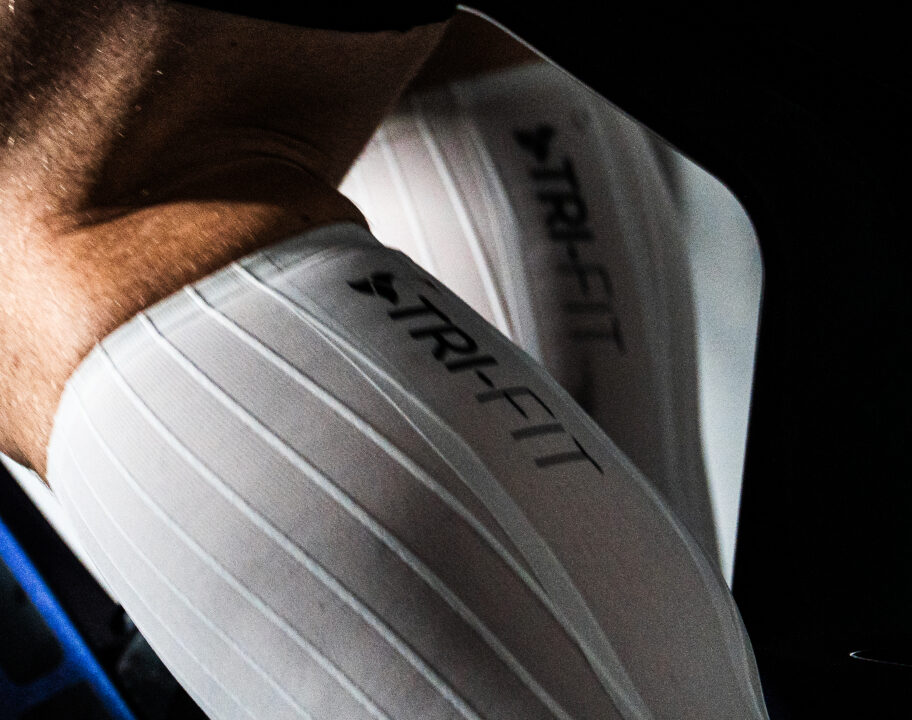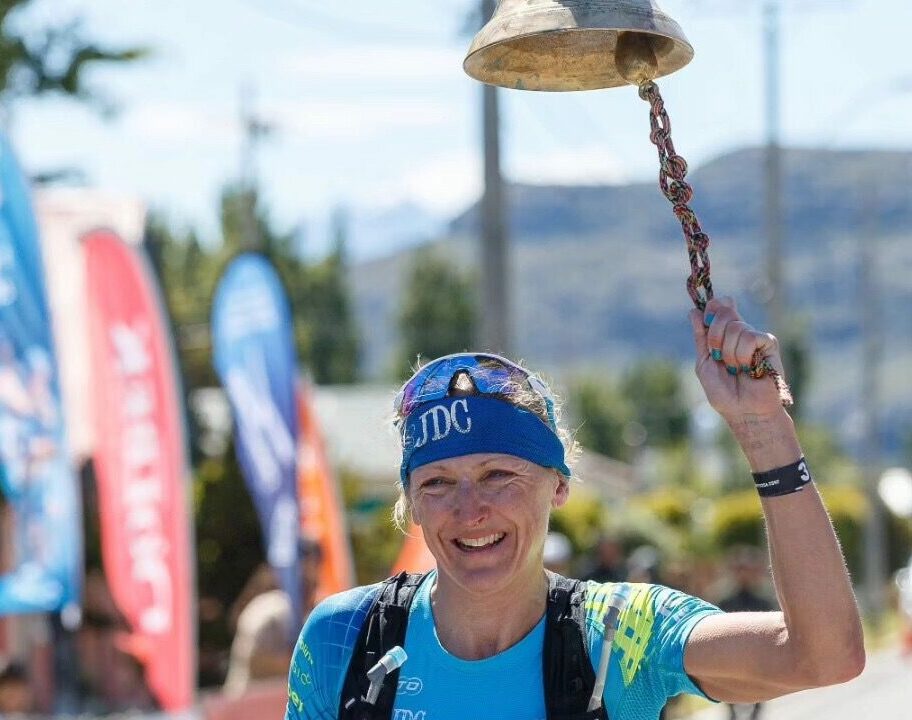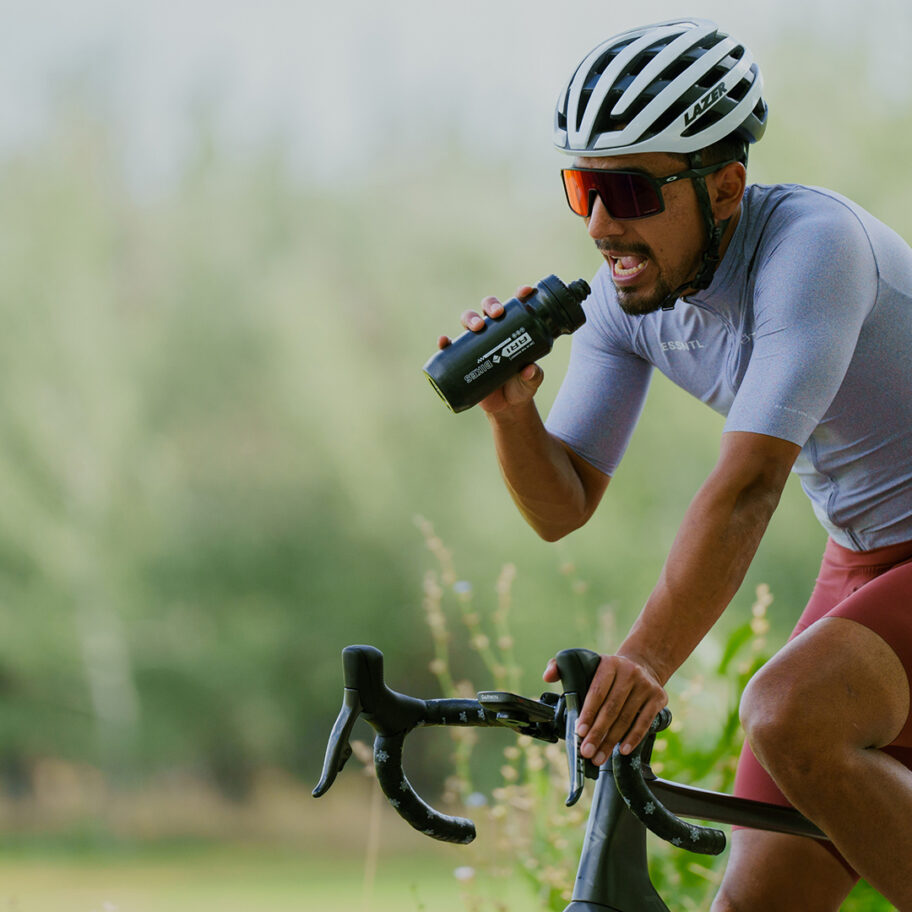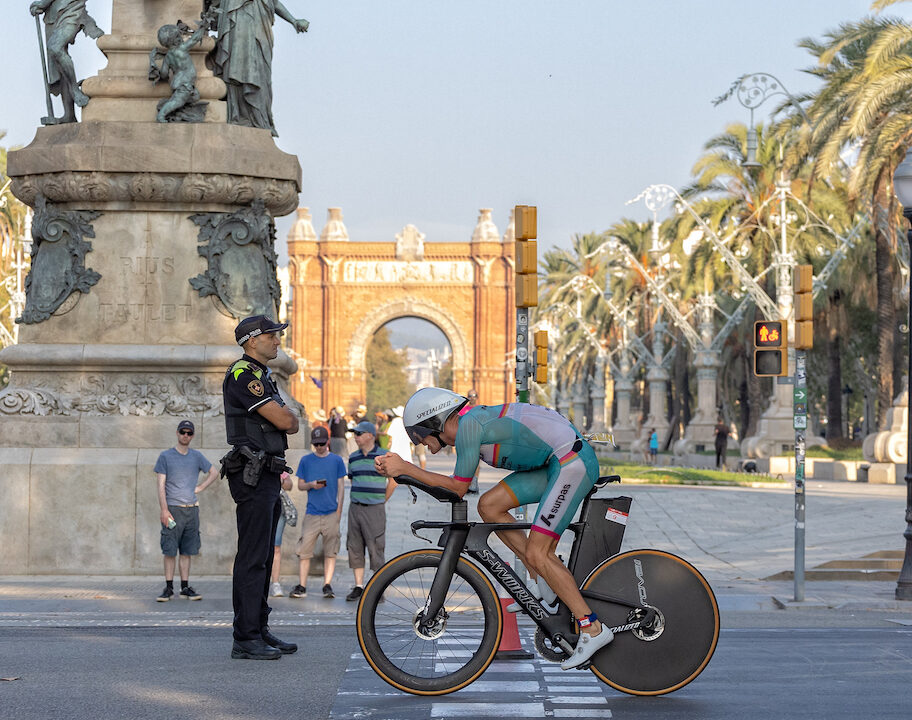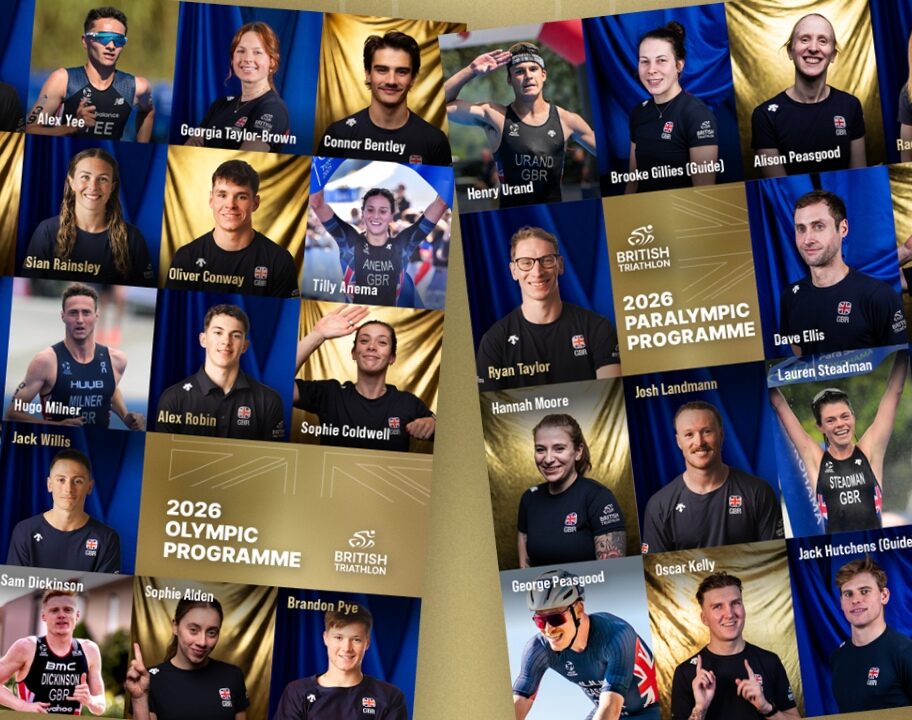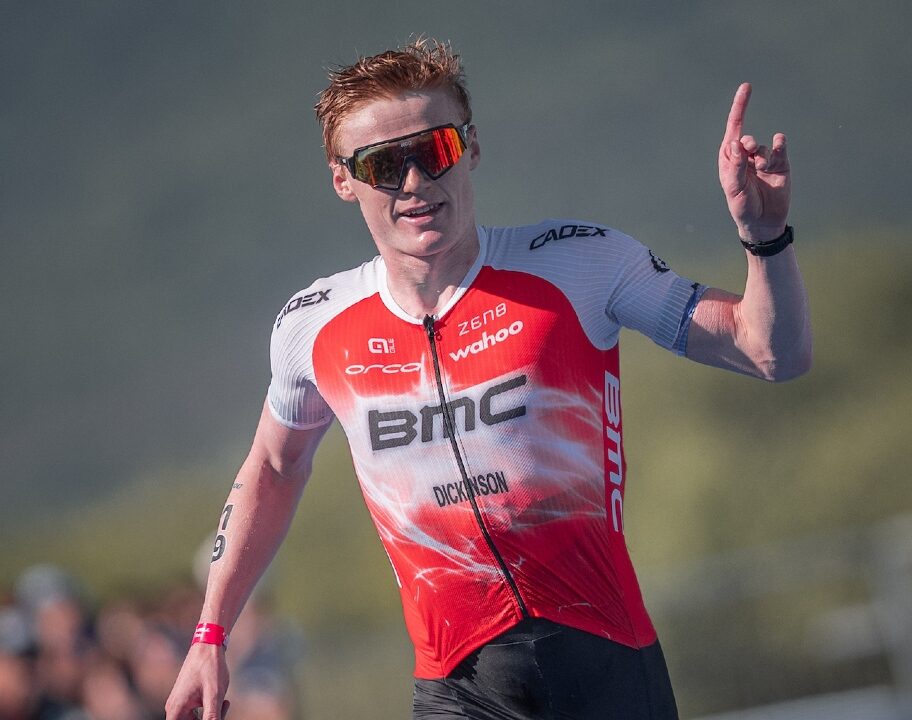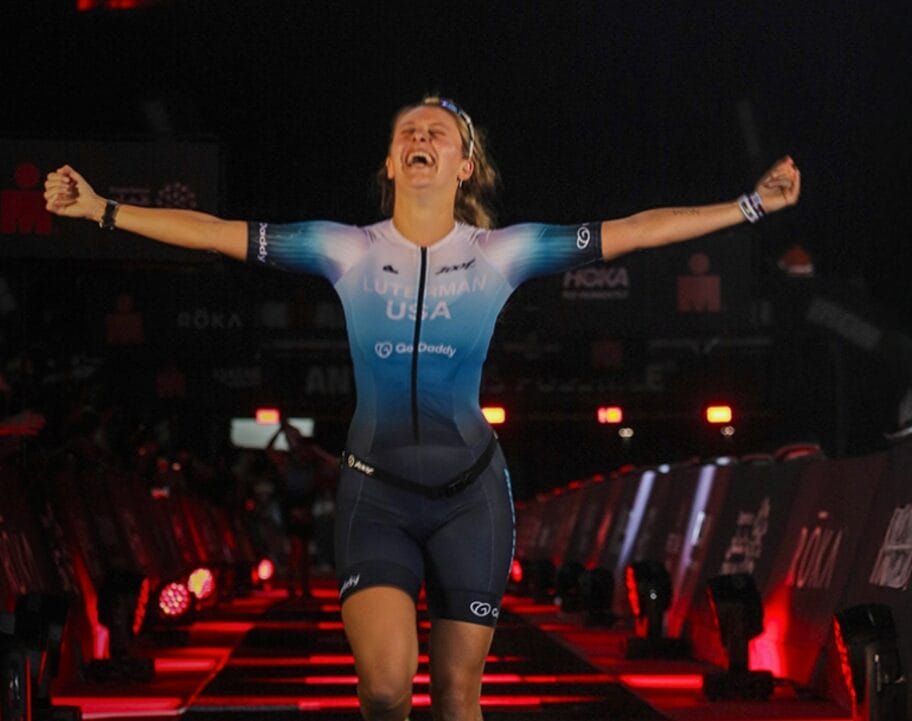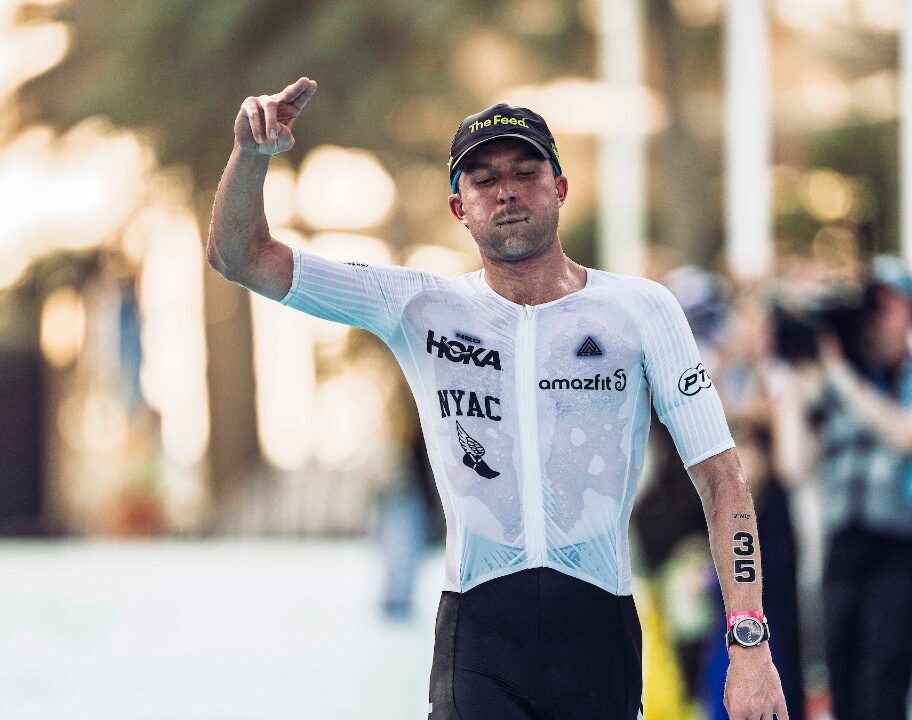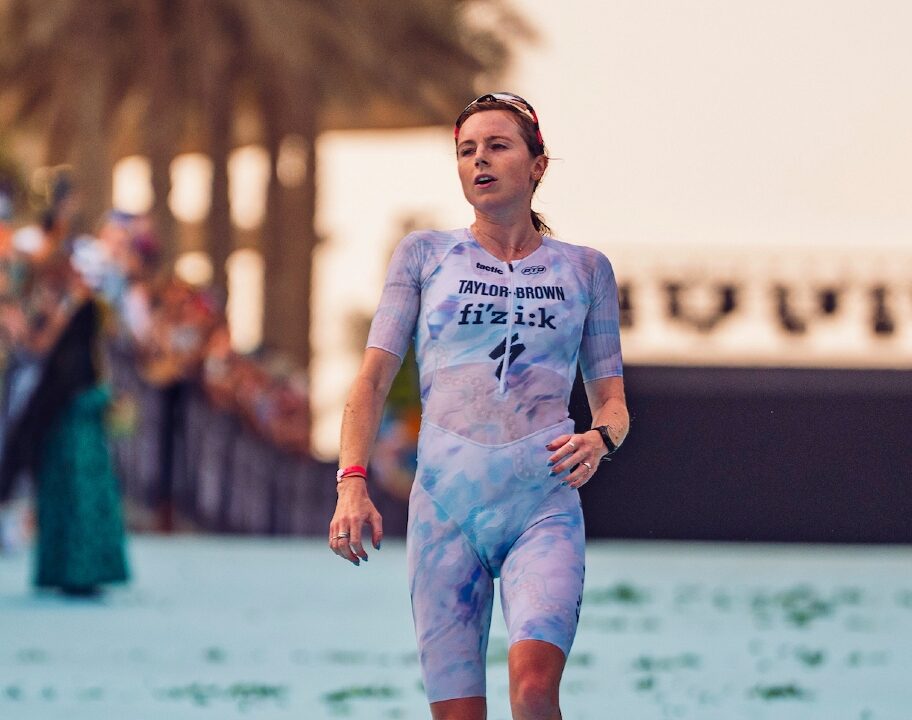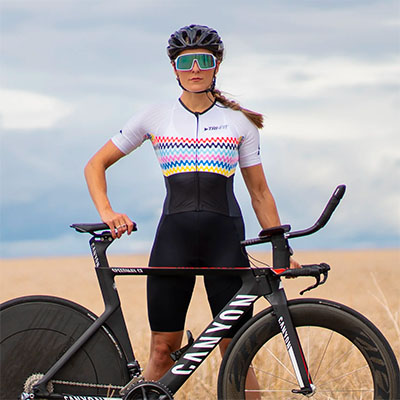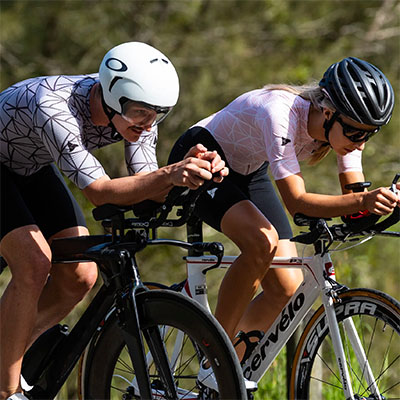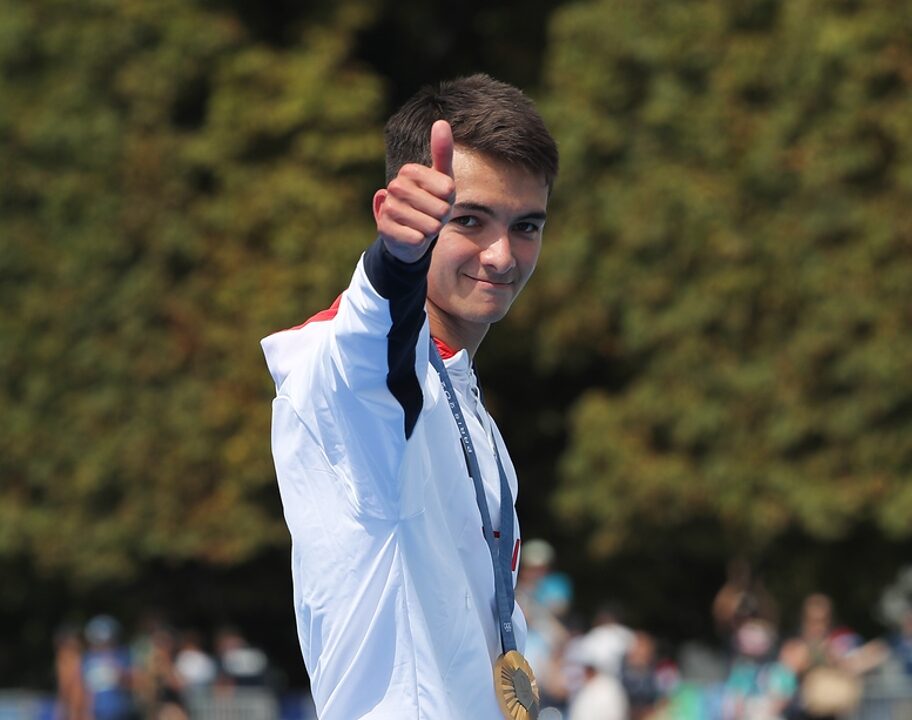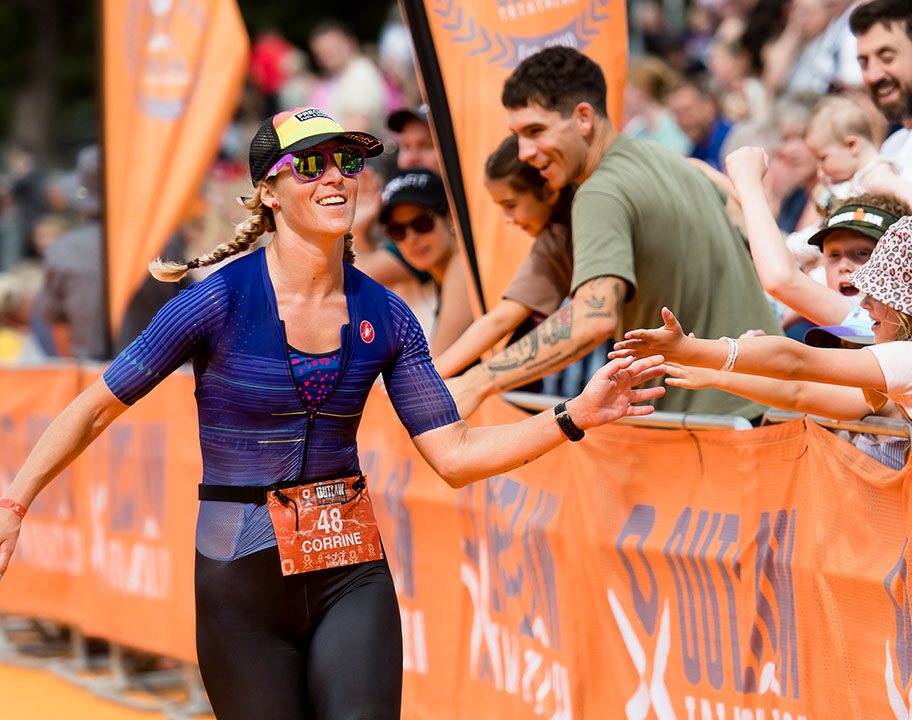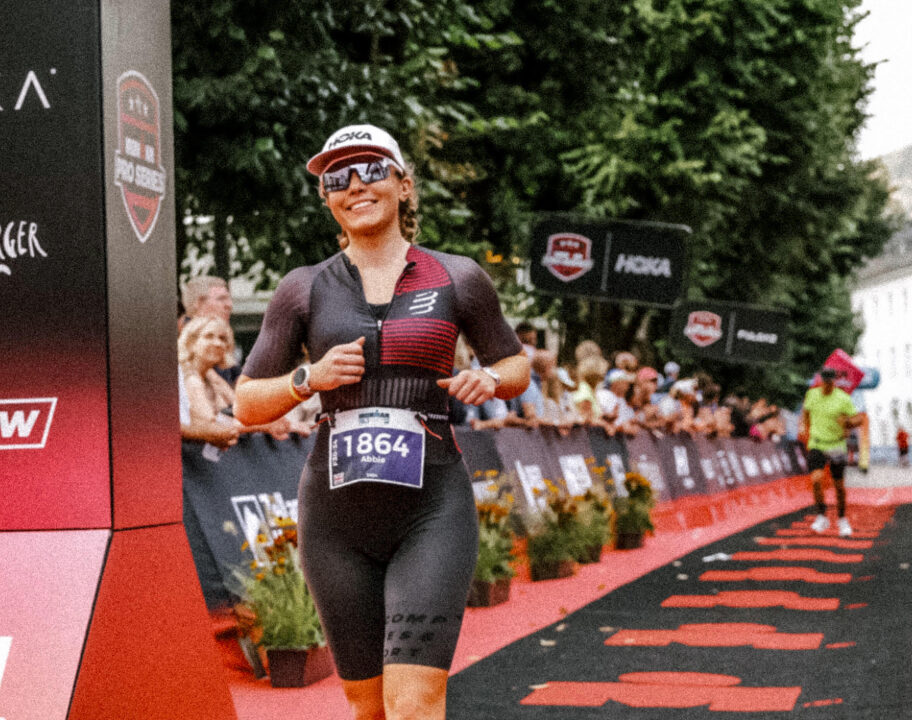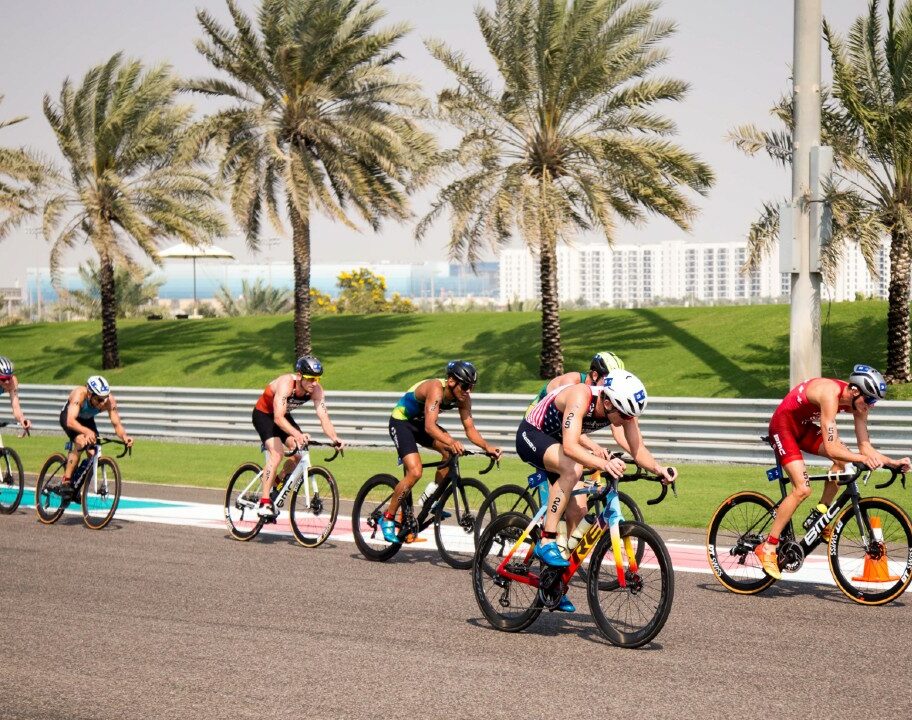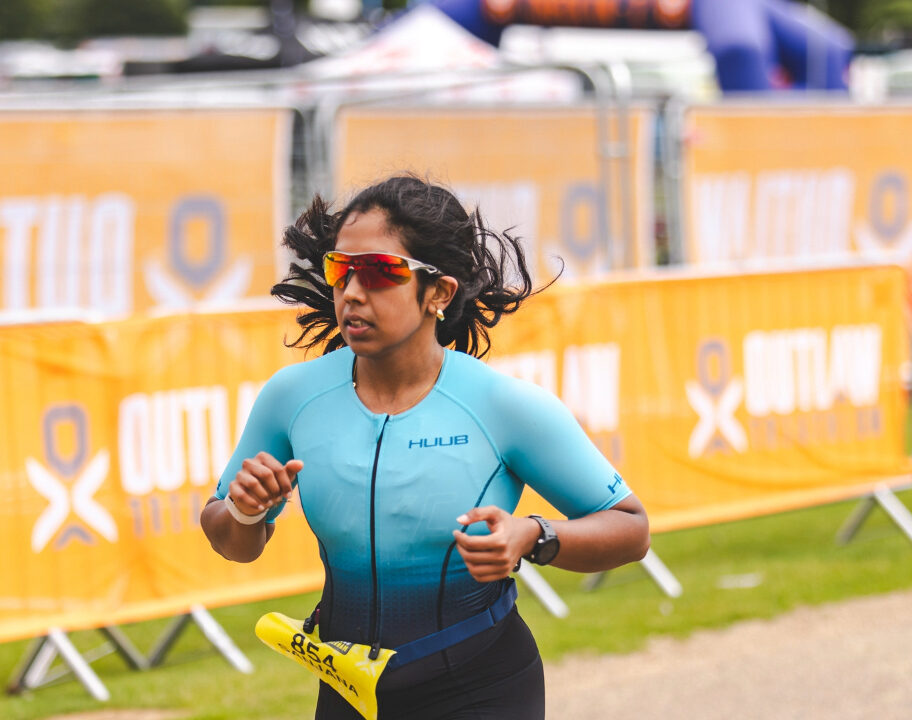Alistair Brownlee admits he really didn’t know what he was letting himself in for when he signed up for the inaugural Nedbank Gravel Burn event, which took place across the stunning Karoo countryside in South Africa last week.
Intrigued and excited in equal measure by the prospect of testing himself on a seven-day trek across the Eastern Cape, the triathlon legend had added the race to his hit list of post-retirement endurance experiences without truly understanding what awaited him.
It is safe to say that as he crossed the finishing line of Saturday’s seventh and final stage – having cycled across mud, gravel, rocks and tarmac for 800km in high winds, battering rain and scorching sunshine – he knows all about it now.
Joining the gravel cycling revolution
The Gravel Burn concept was the idea of founder Kevin Vermaak, who was keen to build on the growing popularity of gravel cycling by organising an event which he hoped would attract some of the stars of cycling and beyond to ride across the South African wastelands for a prize pot of $150,000.
Held over seven days, the seven stages saw riders challenged to the maximum in all weathers and on roads and tracks which tested even the most experienced of gravel riders.
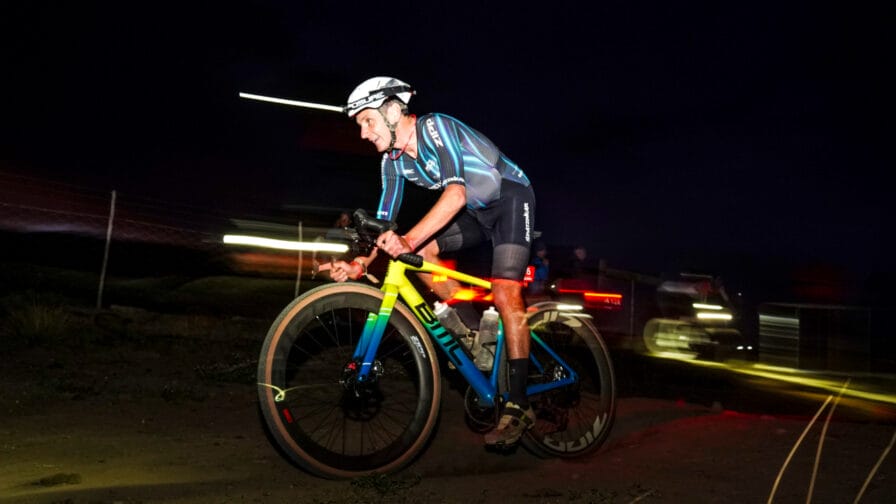
Brownlee – who posted on Instagram this weekend how it had been ‘one of the best events I’ve ever done’ – admits he was never there to challenge for the podium.
He accepts that his days of championship wins and medals are behind him, as he no longer does the necessary training to keep him ahead of the pack.
Instead, the 37-year-old is looking to use his retirement from competitive sport to challenge himself in a wide range of events and disciplines, and Gravel Burn was one race which certainly fit into the category of being a ‘challenge’.
‘Looking for adventurous things to do’
“Now that I’ve retired from professional triathlon, I’m looking for adventurous things to do,” he told CYCLING247. “And what’s more adventurous than riding 800 kilometres through the Karoo and the remotest parts of Africa? We’ve been in some proper remote places. It’s been super adventurous and a lot of fun.
“I definitely didn’t know what to expect. You don’t. That’s one of the beauties, I guess, of off-road-type racing. You’ve got no idea what the surface is going to be like, what the competition is going to be like. And so in terms of the actual racing, yeah, I think it’s been as hard, if not harder, than I expected. I’m not as fit as I used to be.
“I’m not in it for the medals and wins. I’m in it for the enjoyment. But, of course, I’m still going to go as hard as I can. Really, I love riding my bike. I like racing. I like kinds of adventure and seeing the world, and I think gravel encompasses all of that.”

After seven days of hard riding, Brownlee finished in a respectable 23rd place overall in a professional men’s field that boasted 32 athletes from the worlds of road cycling, mountain biking, and also IRONMAN, with Australia’s Cameron Wurf finishing in last place.
Fellow Brit Tom Pidcock – himself an Olympic champion in mountain biking and now a leading road cyclist – finished in 26th overall but did manage to win Stage 5, while in the women’s General Classification, triathlete Ruth Astle finished 12th out of 18, with professional road cyclist Maddy Nutt finishing tenth.
Getting to grips with gravel cycling
Brownlee admits he is still getting to grips with the various nuances of gravel cycling, particularly when it comes to the mechanical side of things and how to fix them when they go dramatically wrong.
“It’s a super tough discipline to master. I’m getting on a bit and not as fit as I used to be because I’m not training professionally anymore,” he said. “Like any endurance sport, it really starts and finishes with your physical fitness. I think I’m probably one of the only people here getting fitter throughout this event. I’m actually feeling much better now than I did on day one.

“But fitness is only one of many aspects of gravel cycling. Technically, it’s quite tough, and then you obviously have to deal with the unexpected mechanics. The number of things that can go wrong on a gravel bike never fails to amaze me.
“And you really have to think about how you prepare, what you carry with you, and how accessible it is to quickly plug punctures and reinflate tyres, and how quickly you can get to your plugs and your CO2s to reinflate. What do you need to carry with you to not go overboard, but be able to mend a chain if you need to?
“It’s about being prepared at the right level and then being kind of cool under pressure when things go wrong to try and rectify it.”
Enjoying the camaraderie
One of the key aspects to his enjoyment of the race was the sense of shared adventure among the 500 amateur and professional riders, who each night would be treated to an ‘all-inclusive’ camping set-up where kit would be washed, bikes repaired, and the athletes could kick back around the campfire and discuss the day’s riding over their evening meal.
“That’s been cool. In terms of the setup and the camps, I think that’s been really impressive,” he said. “It’s incredible that we’re standing in one of the camps now. And it’s really impossible to explain the remoteness of some of the places we’ve been staying in.
“And still, there’s this amazing infrastructure of 1,000 tents, incredible food in the Burn Camps, and places for people to hang out, and the bike mechanics, and the washing. Yeah, that is truly incredible. And Wi-Fi and real flushable toilets. Yeah. Actually, I missed the most important thing, which is hot showers!!!”
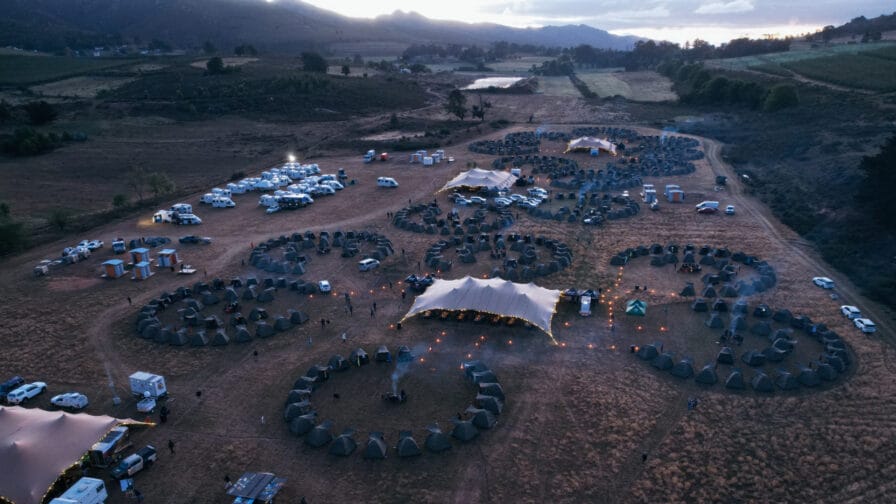
Such was his enjoyment of the event; Brownlee added on his Instagram post that he was ‘already looking forward to the next one’. However, before that, he has many more challenges ahead, the first of which will be taking part in the Patagonman in December – a gruelling triathlon that involves a 3.8km swim, 180km cycle and 42.2km run through South America.
Well… he does love a challenge.


